0 comments
Exploring Orthodontic Bracket Types: Metal, Ceramic, Aesthetic, and Self-Ligating
Orthodontic brackets are the cornerstone of many orthodontic treatments, providing the necessary support to align teeth effectively. Understanding the different types of brackets—metal, ceramic, aesthetic, and self-ligating—can help both patients and orthodontists make informed choices. This article delves into each type, highlighting their characteristics, benefits, and considerations.
What are Ortho Brackets?
Orthodontic brackets, commonly referred to as "ortho brackets," are small devices that attach to the front surface of teeth. They are a crucial component of braces and are designed to hold the orthodontic wire in place, which guides teeth into their desired positions. Brackets work in conjunction with other components, such as archwires and elastic bands, to apply pressure on teeth, facilitating gradual movement.
Brackets can be made from various materials, including metal, ceramic, and plastic, each offering unique advantages. The choice of bracket type can influence not only the effectiveness of the treatment but also the aesthetic appeal and comfort level for the patient.
Metal Brackets
Metal brackets are the traditional choice for orthodontic treatment. Made from high-grade stainless steel, these brackets are known for their durability and effectiveness.
Benefits of Metal Brackets
- Strength and Durability: Metal brackets can withstand significant pressure, making them suitable for complex orthodontic issues.
- Cost-Effectiveness: Typically, metal brackets are more affordable than other types, making them accessible for a wider range of patients.
- Ease of Adjustment: Orthodontists can easily adjust metal brackets to facilitate efficient tooth movement.
Considerations
- Aesthetic Concerns: The shiny metallic appearance may not appeal to all patients, especially adults or teenagers concerned about their smile during treatment.
- Initial Discomfort: Some patients may experience initial discomfort as their mouth adjusts to the metal brackets.
Ceramic Brackets
Ceramic brackets are an aesthetic alternative to metal. Made from a tooth-colored or clear material, they blend more seamlessly with the natural color of teeth.
Benefits of Ceramic Brackets
- Aesthetic Appeal: Their tooth-like appearance makes ceramic brackets a popular choice among patients who prefer a more discreet option during their orthodontic treatment.
- Stain Resistance: Modern ceramic brackets are designed to resist staining, maintaining their appearance throughout treatment.
Considerations
- Fragility: Ceramic brackets are more brittle than metal, which means they can break or chip more easily if not handled with care.
- Higher Cost: The aesthetic nature of ceramic brackets typically comes with a higher price tag compared to metal options.
Aesthetic Brackets
Aesthetic brackets encompass a variety of options designed to minimize visibility during treatment. These can include ceramic brackets as well as other materials designed for aesthetics.
Benefits of Aesthetic Brackets
- Discreet Treatment: Aesthetic brackets are less noticeable than metal, making them ideal for patients who want a more subtle orthodontic solution.
- Variety of Options: Aesthetic brackets may include colored or clear materials, allowing patients to choose according to their preferences.
Considerations
- Durability Concerns: Depending on the material, some aesthetic brackets may not be as strong as metal brackets.
- Maintenance: Aesthetic brackets may require more diligent oral hygiene to prevent staining and maintain their appearance.
Self-Ligating Brackets
Self-ligating brackets are a modern orthodontic option that utilizes a built-in mechanism to hold the archwire in place without the need for elastic ties.
Benefits of SL brackets
- Faster Treatment Times: The design allows for more efficient tooth movement, which can result in shorter overall treatment times.
- Reduced Friction: With fewer components, self-ligating brackets create less friction, often leading to increased comfort during adjustments.
- Fewer Orthodontist Visits: Patients may require fewer appointments due to the efficiency of the self-ligating system.
Considerations
- Cost: Self-ligating brackets can be more expensive than traditional metal or ceramic options, which may be a consideration for some patients.
- Learning Curve for Orthodontists: Some orthodontists may require additional training to utilize self-ligating brackets effectively.
Conclusion
Choosing the right type of orthodontic bracket is essential for achieving desired treatment outcomes. Each type—metal, ceramic, aesthetic, and self-ligating—offers distinct advantages and considerations. By understanding the differences, patients can work with their orthodontist to select the best option that aligns with their lifestyle, aesthetic preferences, and treatment goals. With the right bracket choice, achieving a straight, beautiful smile can be a rewarding journey.
 Duties are now included in the product price
Duties are now included in the product price



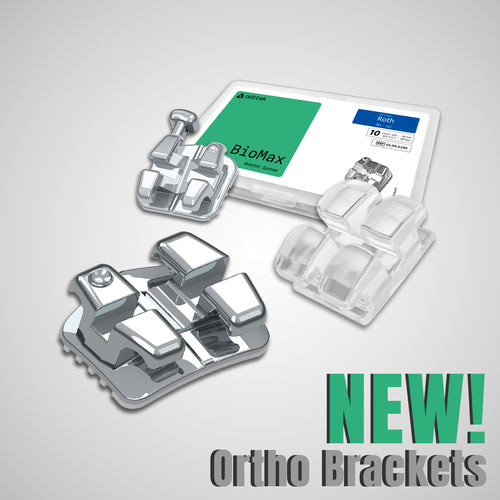
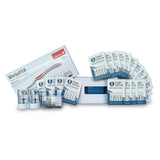

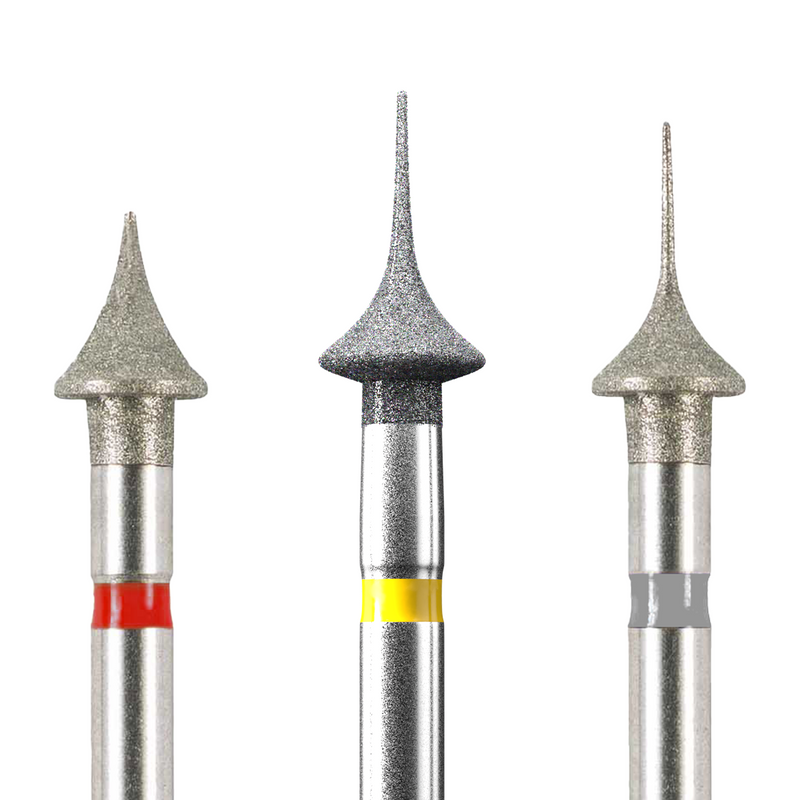



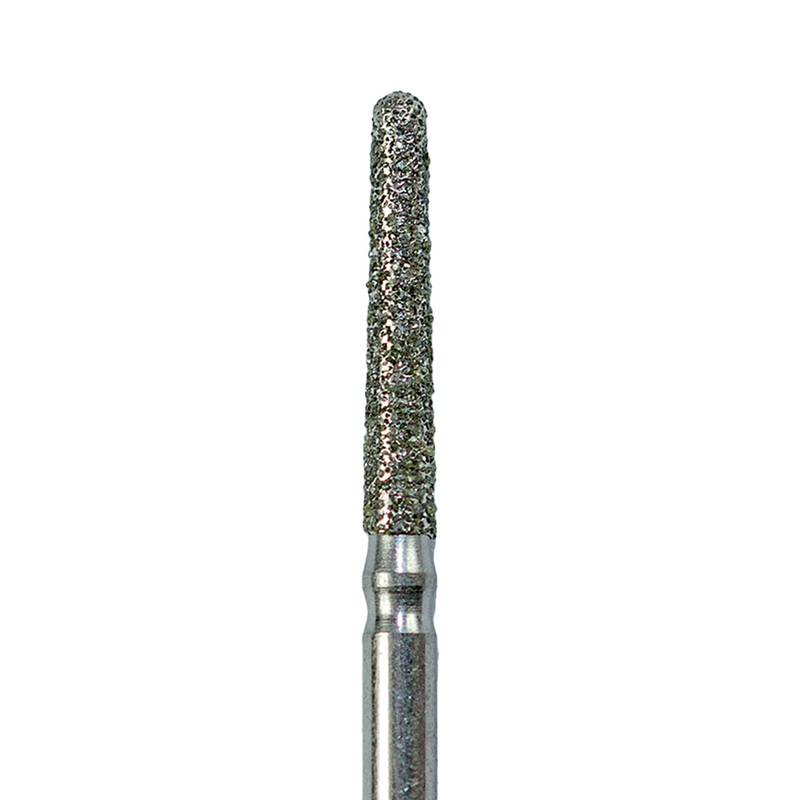
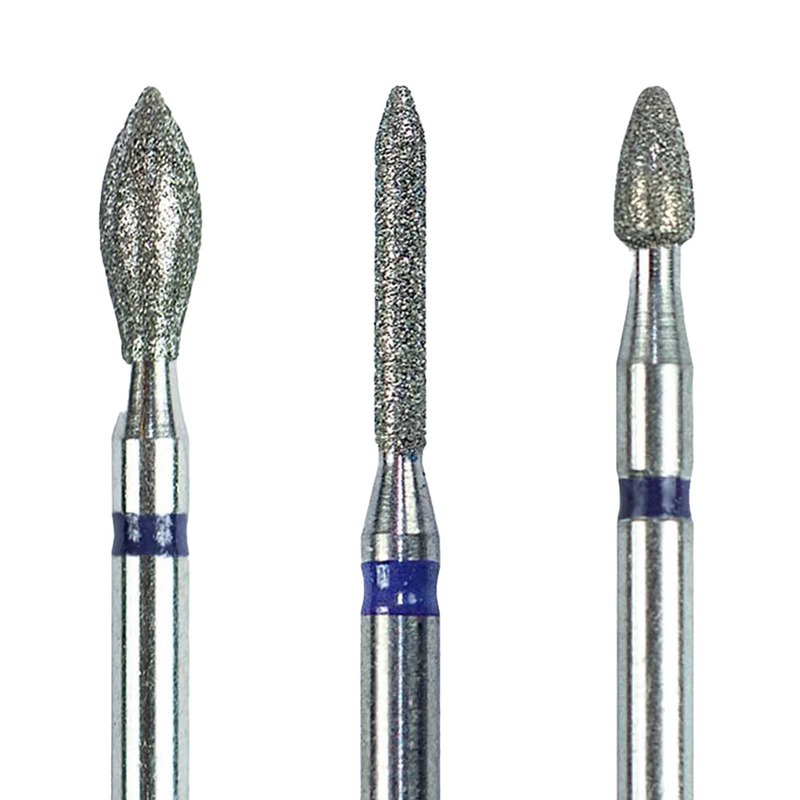


0 comments